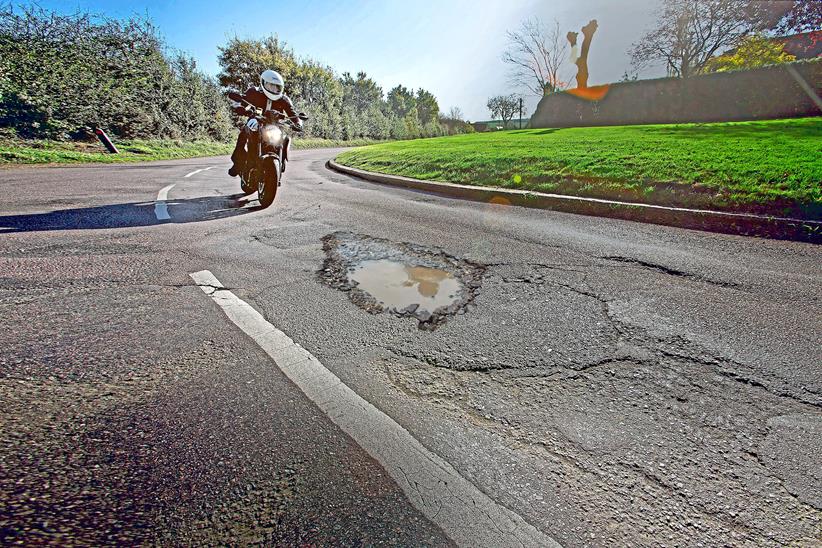No hope for fast fixes on potholed UK roads
No wonder our potholed roads aren’t getting any better… a new report published by the RAC has found a 29% reduction in the number of miles resurfaced in England in the last year, when compared with figures collated in 2017/2018.
“While the Government has made more money available to authorities to fill potholes, it’s the general reduction in road improvement work that’s causing potholes to appear in the first place,” RAC head of policy Simon Williams said.
A £200 million fund was set aside in 2023 to combat the hazardous craters in the UK road network, announced by Chancellor of the Exchequer, Jeremy Hunt.
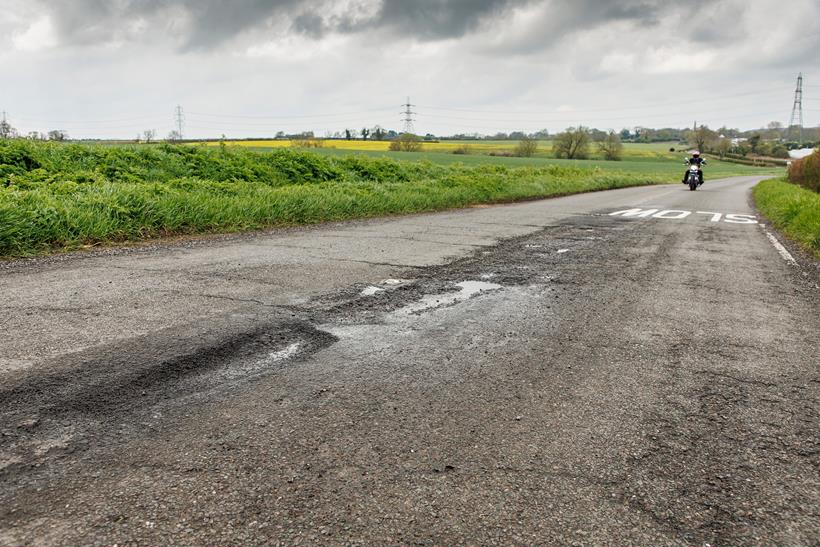
“Resurfacing is expensive but for some roads this will be the only course of action as they have fallen into such bad condition that nothing else can save them,” Williams continued. “Having said that, we urge authorities to make greater use of surface dressing and other preventative treatments which can be used successfully to improve surfaces.”
Across 2021/2022, analysis of Department for Transport data showed that 1123 miles of all types of road were resurfaced across the country – a 465-mile decline since 2017/18.
Although not a popular move with bikers, surface dressings have also declined from 5345 miles five years ago, to just 1794 miles.
Roads go from bad to worse as pothole problem persists
First published 22 August 2023 by Stuart Prestidge

The state of roads in UK has reached an all-time low with an RAC report revealing a record number of callouts caused by potholes.
The latest RAC figures show patrols went out to more than 8100 vehicles left stricken by pothole damage between April and June.
That is the highest number in five years and since the start of the year the RAC has dealt with 18,250 breakdowns for damaged shock absorbers, broken suspension springs or distorted wheels.
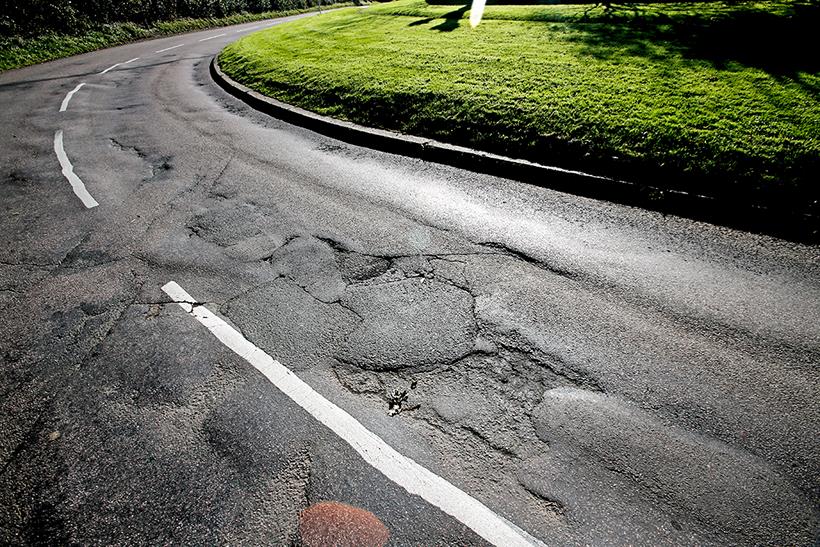
Additionally, the figures show that 27,250 breakdowns occurred in the 12 months up to 30 June 2023 where vehicles had been damaged by a pothole, compared to 22,800 over the same period in 2022. That represents an increase of 20%.
The statistics come at the same time as the Annual Local Authority Road Maintenance (ALARM) group has highlighted reduced road budgets and increasingly poor roads.
RAC head of roads policy Nicholas Lyes said: “Pothole-related breakdowns are at their highest level for five years due to several spells of well below-average temperatures interspersed with very wet conditions last winter.

“These led to water getting into cracks, freezing and expanding, which caused road surfaces to deteriorate rapidly as vehicles drove over them. But despite these perfect pothole-forming conditions, it’s also important to note that last
winter wasn’t particularly harsh, which demonstrates very clearly just how fragile our local roads really are.”
The last time pothole-related breakdowns recorded in Q2 soared past the 8000 mark was when the UK was hit with the ‘Beast from the East’ which plunged much of the UK into a deep freeze under a blanket of heavy snow.

While weather may go some way to explain the deterioration, the largest contributor is a chronic lack of funding for road repair. Although outright payments have increased, when inflation is taken into account funding has dropped, according to the 2023 ALARM report.
The report found that highway maintenance budgets across England and Wales have increased by 4.5% to £25.8 million per authority but this does not keep pace with the impacts of rising inflation, while 53% of authorities reported a cut or freeze in their highway maintenance budget, even before inflation.
Additional findings included that the average shortfall in the 2022/23 carriageway budget has increased by 20% to £7.7m per authority, with the total shortfall across England and Wales reaching £1.30bn, meaning the one-time catch-up cost has increased again by a further 11% to a new high of £14.02bn and the remedial work would take over a decade to complete.
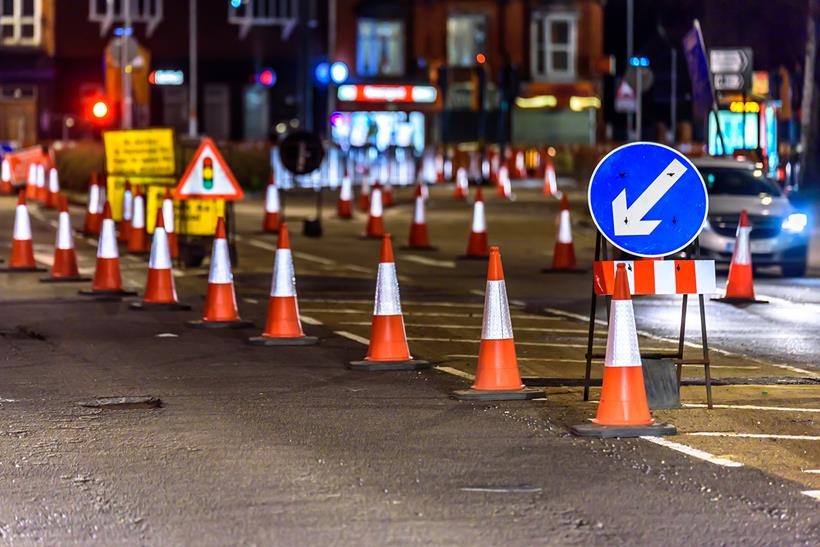
The data also showed there has been a drop in the number of roads classed as GREEN (in a good state of repair) and a corresponding increase in those classed as AMBER (showing some deterioration).
Roads classed as RED (poor overall condition) have remained stable with one in every nine miles (11%) of the local road network in England and Wales rated in this category.
Rick Green, Chair of the Asphalt Industry Alliance, said: “The findings of this year’s Annual Local Authority Road Maintenance survey make for bleak, if not unsurprising, reading. Local roads underpin all other local services, but findings show a worsening picture in their overall condition and the means to improve them.”
What can we do about it?
Despite budgets being tight it’s essential to report potholes so they can be bumped up the council’s agenda. You can go to the particular council direct via its website or visit www.gov.uk/report-pothole
With an election looming, it is also worth writing to your MP…
Utility firms told to fix damage to our roads: Government says telecoms firms are the worst offenders
First published 17 April 2023 by Dan Sutherland

The Department for Transport have announced new regulations to inspect road repairs carried out by utility companies.
Kicking off on April 1, 2023, the new ‘street works regime’ will look to improve on current inspection figures which see only around one third of the work carried out by firms checked.
Transport Secretary, Mark Harper said: “The move will focus on telecom companies in particular, which is the worst performing sector – responsible for nearly 13% of poor street work repairs.
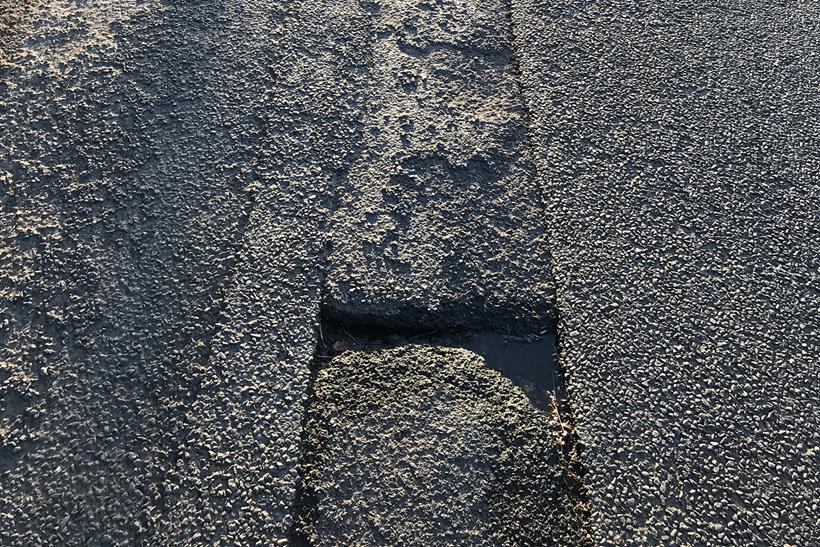
“The measures will ensure these companies are checked more regularly until they can bring about noticeable improvements and leave roads in the condition that all road users deserve.”
The scheme comes as the Government are investing more than £5.5billion between 2020 and 2025 into highway maintenance. A £200million pledge to tackle potholes was also announced in the recent Budget.
While that sounds impressive there are warnings that it is not enough, with the 2023 Annual Local Authority Road Maintenance (ALARM) Survey Report from the Asphalt Industry Alliance documenting that it will now cost £14.02billion and 11 years of work to repair the damage to England and Wales’ local authority road network alone.

Back to the new scheme though and, according to the DfT, utility companies will be assessed on the quality of their repairs after carrying out work on the tarmac. The best performing companies will be inspected less often, with the poorer performing teams inspected more frequently.
Companies that do a particularly bad job could have 100% of their work scrutinised, with authorities now able to charge £50 per defect found and a further £120 for a follow-up inspection.
According to Government data, the average failure rate of this kind of work is currently 9%, however some of the worst culprits are failing inspections in as many as 63% of cases.
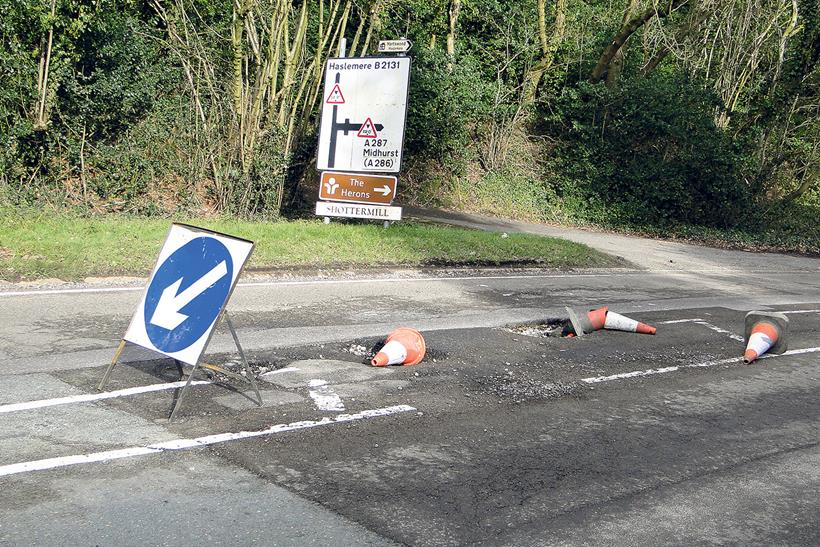
“Potholes not only cause expensive damage to vehicles but are potentially lethal to those on two wheels,” RAC Head of Roads Policy Nicholas Lyes told MCN. “Utility companies have a responsibility to ensure roads are properly repaired after carrying out essential maintenance, but unfortunately far too many roads are left in a substandard condition.”
In addition, companies and local authorities will be required to provide data on when work stops and starts at weekends, to help update satnavs more accurately.
Pothole shortfall getting worse: Annual road maintenance report shows cost to repair roads is now over £14bn
First published 4 April 2023 by Dan Sutherland
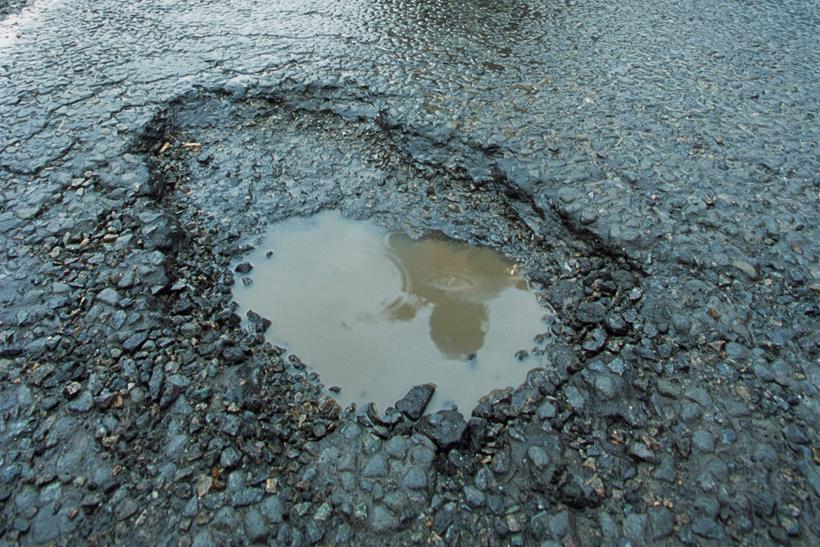
The cost of repairing the damage in England and Wales’ pockmarked local authority road network has now risen to more than £14 billion, an industry report has found.
The figure comes from the 2023 Annual Local Authority Road Maintenance (ALARM) Survey Report, which was published on March 21 – just six days after Chancellor of the Exchequer, Jeremy Hunt, said £200m would be set aside to tackle potholes.
“The findings make for bleak, if not unsurprising, reading,” Asphalt Industry Alliance Chair, Rick Green said. “Local roads underpin all other local services, but findings show a worsening picture in their overall condition and the means to improve them.
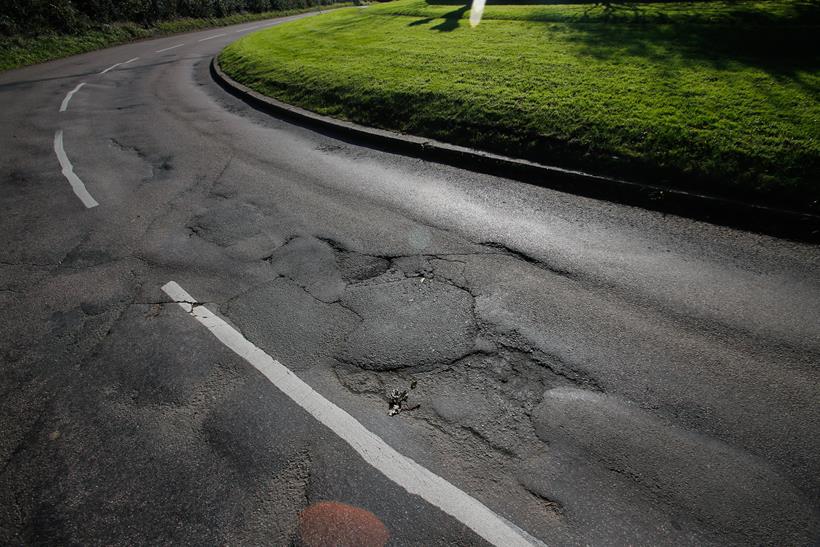
“Resurfacing now takes place, on average, less than once every 100 years; local authority highway budget shortfalls in 2022/23 were up to record levels and the cost of the backlog of repairs to bring the network up to scratch is, at just over £14 billion, the highest it has been.”
To be precise, that one-time catch up figure now stands at £14.02bn and it’s said it would take 11 years of work by local highways authorities to complete. This figure represents an 11% increase over last year’s report, with local roads making up around 205,400 miles (97.3%) of the network in England and Wales.
“The data shows that the shortfall in the carriageway maintenance budget has increased to £1.30bn across England and Wales – a jump of 20% on the figure reported last year,” Green continued.
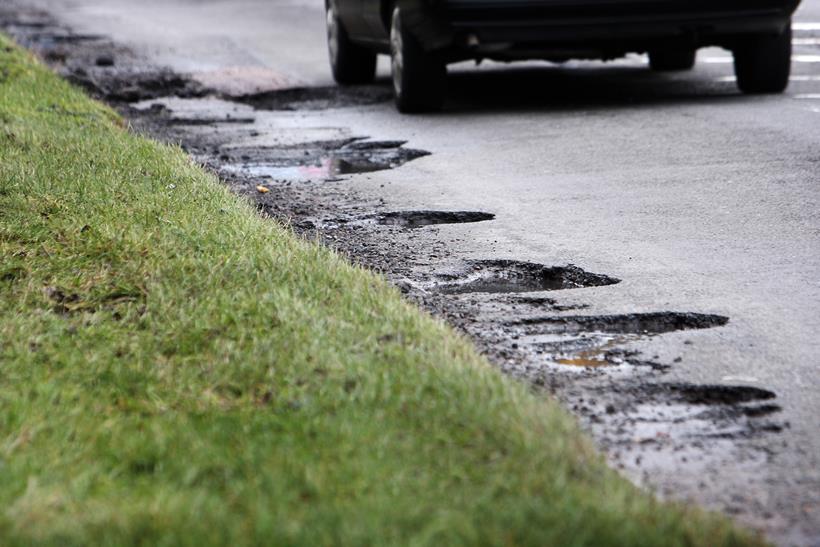
“The shortfall is the difference between what local authorities received and what they said they would have needed to keep local roads to their target conditions and prevent further decline – so doesn’t even consider what would be needed to improve conditions to an ideal situation.”
According to the report, there has also been a rise in the number of local authorities that have had to deal with unforeseen maintenance needs – including more extreme weather events and increased volumes of traffic. What’s more, some authorities are still facing a backlog of work postponed during the pandemic. This appears to be decreasing now though.
According to the data, 70% of respondents in England have now dealt with unforeseen costs, which is up from 56% reported in 2022. What’s more, the average cost faced has quadrupled from £388,100 per local highways department to a staggering £1.9 million.

It’s little wonder then that the Asphalt Industry Alliance were critical of the Chancellor’s promised £200m figure, with Green adding: “It’s a fraction of the amount local authorities have reported over decades that they need to keep their networks to target conditions, let alone tackle the backlog of carriageway repairs.
“The Chancellor is right to recognise that potholes on our local roads are a curse, but the key thing is they are not inevitable, they are the symptom of a network underfunded for many years.”






